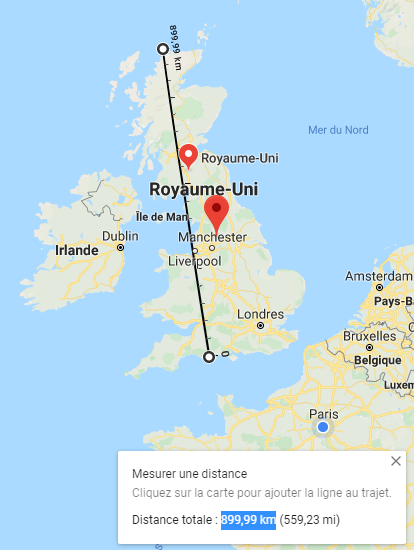Do you think there should be common feat calcs for fragmenting, slicing or throwing boulders?
The other day, I researched the minimum size of a boulder and learned the following information:
In the geology, for a piece of rock to be considered a boulder, it must have a diameter of at least 25.6 centimeters. The source of this information, in case you're wondering, is Webster's New International Dictionary of the English Language. Springfield, Massachusetts: G. & C. Merriam Company. 1913. I made some calculations based on this, but haven't posted them yet.
What do you think about that? Let me add that this would not change anything except the LS and energy of the throwing. I mean, it's pretty obvious that fragmenting a boulder would be at wall level, right? But at least we'll know exactly how many joules is required.
I highly doubt anyone else would agree to the idea, but I think I'll humor you.
At a minimum, a boulder would have a diameter of 25.6 cm, which is a radius of 12.8 cm (0.128 meters). First, we'll determine the volume of the hypothetical minimum-sized boulder:
4*π*0.128³/3=0.0087845298 m³
Using our default rock values (8 J/cm³, 69 J/cm³, and 214 J/cm³, or 8 MJ/m³, 69 MJ/m³, and 214 MJ/m³), we get the following values:
Fragmentation: 0.0087845298*8000000=70276.23804 joules
V. Frag: 0.0087845298*69000000=606132.5531 joules
Pulverization: 0.0087845298*214000000=1879889.368 joules
As for slicing... Let's assume you're using a katana, which is a bit brittle as far as swords go. I'll use a shear strength of 8 MPa (you're supposed to use shear strength according to ResearchGate) and a katana's thickness of 7 mm (0.007 meters). Here's the area at which the force will be exerted:
0.007*0.256=0.001792 m²
Now for the force:
0.001792*8000000=14336 newtons
Now, to calculate the work using the diameter as the distance:
14336*0.256=3670.016 joules
Lastly, to throw a boulder, the bare minimum force you need is the force needed to lift the boulder. It would be as follows:
Density of Stone: 2700 kg/m³
Force: 0.0087845298*2700=23.71823034 kg (Below Average Human)
You may get lower results, but I think that's because people here largely forget that the force calculated is the net force and the actual amount of force needed is the net force plus the weight of the object.
In summary:
Destroying a boulder: Wall Level
Slicing a Boulder: Street Level
Throwing a Boulder: ≥23.71823034 kg (Below Average Human)

vsbattles.fandom.com
